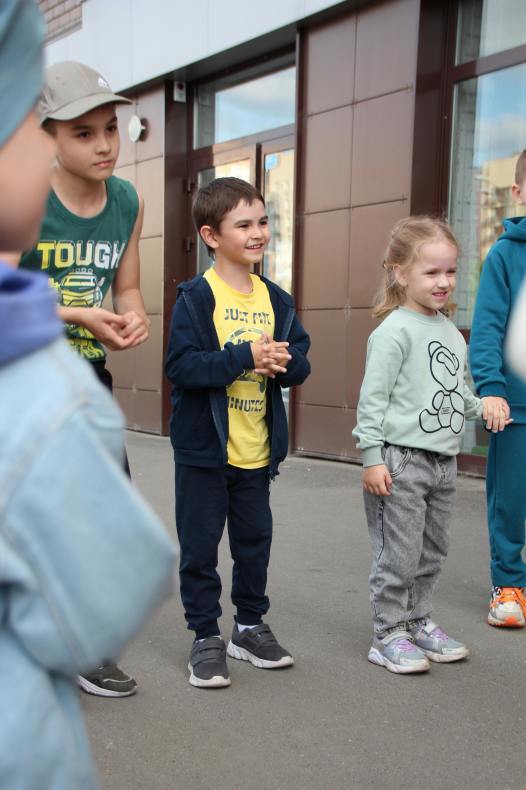Boosting Engagement in Facebook Groups: Strategies for Building Active and Connected Communities
Facebook groups have become powerful platforms for building communities around shared interests, goals, and identities. Whether your group focuses on professional development, parenting, fitness, or a niche hobby, its success depends on more than just member count—it hinges on engagement. An active group is one where members participate regularly, contribute meaningful content, and feel a sense of connection. Boosting engagement requires intention, consistency, and a deep understanding of what motivates people to interact.

The foundation of engagement is a clear purpose. Members are more likely to participate when they understand why the group exists and what value it offers. A well-defined mission statement or group description helps set expectations and attract the right audience. When people join a group that aligns with their interests and needs, they are naturally more inclined to engage. Clarity also helps guide content creation and moderation, ensuring that discussions remain relevant and focused.
Welcoming new members is a simple yet effective way to spark engagement. A personalized welcome post that tags new members and invites them to introduce themselves creates an immediate sense of belonging. Asking a fun or thoughtful question—such as “What inspired you to join?” or “What’s one thing you’re hoping to learn here?”—encourages participation and sets a positive tone. When members feel acknowledged from the start, they are more likely to contribute and return.
Consistency is key to maintaining engagement. A content calendar with recurring themes or prompts helps create rhythm and predictability. For example, you might designate Mondays for motivational quotes, Wednesdays for member questions, and Fridays for feedback or wins. These themes give members something to look forward to and make it easier for them to participate. They also help admins plan content in advance and avoid gaps in activity.
Questions are one of the most effective tools for engagement. Open-ended prompts invite members to share their thoughts, experiences, and opinions. Questions like “What’s your biggest challenge right now?” or “What tool do you use every day?” spark conversation and reveal valuable insights. Polls are another interactive format that allows members to vote on topics, preferences, or ideas. They are quick to engage with and provide useful data for future content.
Live sessions and virtual events create real-time interaction and deepen connections. Hosting a live Q&A, workshop, or discussion allows members to engage directly with admins or guest speakers. These events can be promoted in advance to build anticipation and followed up with recap posts to continue the conversation. Live sessions also humanize the group, making it feel more personal and dynamic.
Encouraging user-generated content is essential for building a sense of ownership. When members share their stories, tips, or questions, they contribute to the group’s value and identity. Admins can highlight member posts, feature contributors in spotlights, or create threads that invite sharing. Recognizing and celebrating member contributions reinforces positive behavior and motivates others to participate.
Moderation plays a crucial role in maintaining engagement. A respectful and inclusive environment encourages members to speak up without fear of judgment or conflict. Clear group rules, consistent enforcement, and active admin presence help prevent spam, negativity, and off-topic posts. Admins should model the behavior they want to see—responding to comments, thanking contributors, and guiding discussions with empathy and clarity.
Visual content tends to perform better than text alone. Posts with images, infographics, or short videos are more likely to catch attention and spark interaction. Storytelling is another powerful tool—sharing personal experiences, challenges, or successes makes content relatable and memorable. When members see themselves reflected in the group’s content, they feel more connected and engaged.
Celebrating milestones and achievements fosters a sense of community. Acknowledging group growth, member wins, or completed challenges creates positive momentum. Gratitude posts, anniversary celebrations, or shout-outs for active members show appreciation and build loyalty. These moments of recognition remind members that their presence and contributions matter.
Feedback is a valuable source of engagement and improvement. Asking members what they enjoy, what they’d like to see more of, or how the group could be better invites collaboration and trust. Feedback threads, suggestion boxes, or anonymous surveys provide insights into member preferences and help shape future content. When members feel heard, they are more likely to stay involved and invested.
Cross-promotion and collaboration can also boost engagement. Partnering with other groups, influencers, or brands in your niche introduces new perspectives and expands reach. Guest posts, joint events, or shared resources add variety and value. These collaborations should align with the group’s purpose and be introduced thoughtfully to maintain authenticity.
Using Facebook’s built-in tools can enhance engagement. Group Insights provide data on member activity, popular posts, and engagement trends. Admins can use this information to refine their strategy, identify what resonates, and adjust timing or formats. Features like badges, scheduled posts, and pinned announcements help organize content and highlight key messages.
Adaptability is essential. Engagement strategies should evolve based on group dynamics, member feedback, and external trends. What works in one group may not work in another, and what worked last year may need refreshing. Admins should remain curious, open to experimentation, and willing to pivot when needed. Flexibility allows the group to grow organically and remain relevant.
In conclusion, boosting engagement in Facebook groups is about creating a space where people feel connected, valued, and inspired to participate. It requires thoughtful planning, consistent effort, and genuine interaction. By focusing on purpose, welcoming members, encouraging contributions, and fostering a respectful culture, admins can build vibrant communities that thrive. Engagement is not just a metric—it’s a reflection of the relationships, conversations, and shared experiences that make a group meaningful.
Comments
Post a Comment